Elblag
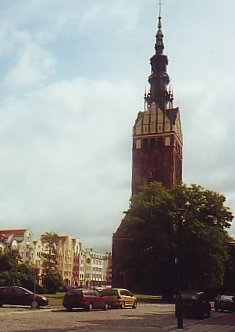
Saint Mikołaj Church in Elblag
Distance
Population
130.000 (2006)
Location and history
Elbląg is located in northern Poland on the river Elbląg, before its discharge in the Wisła fjord (Zalew Wiślany). The river connects the Elbląg Canal and Lake Drużno with the fjord. The Wisła fjord (or Wisła bay) is confined to the Baltic Sea by the headland Mierzeja Wiślana. Elbląg is a port city and industrial city.
In the present Elblag, near the former Prussian town of Truso, the Crusaders built a castle in 1237. In 1246, the settlement around the castle was granted market town rights. In 1347, the new city (Nowe Miasto) was founded east of the old city. Elbląg became a port city and trading center and a member of the Hanseatic League (1358-1618). In the 14th century. the city competed successfully with the city of Gdańsk.
The city of Elbląg came as an independent city state from 1457 under Polish supremacy. In the 17th century. followed a downturn for the city as a result of wars as well as an increasing dredging of the Wisła fjord.
From 1772 the city came under Prussian rule; an active Germanization process followed, while the city lost its importance to some extent. The city's German name was Elbing.
In 1828 the first steamship was built in Elbląg. In 1837 a machine factory was founded, on the basis of which over time a well-known shipyard and a large locomotive factory were developed. In 1878 a cigar factory was set up to become the largest of its kind on the European continent. A large dairy was built in 1889. In 1907 an automobile factory, owned by Franz Komnick, was built, which manufactured both passenger cars, trucks, buses, tractors, etc. The building of the Elbląg canal in the second half of the 19th century. contributed to the economic recovery.
During the Second World War, there were two prison camps, which were branches of the concentration camp in Sztutowo (Stutthof), northwest of Elbląg. A large part of the local Polish population was exterminated by Hitler's forces and ca. 60% of the city was destroyed during the war.
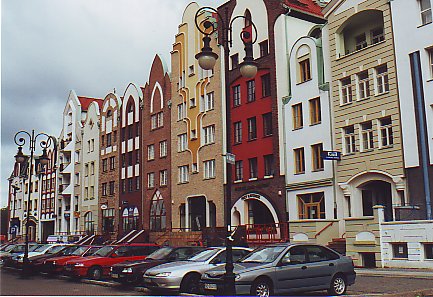
Elblag. Townhouses in the Old City at ul. Rybacka
Tourist attractions
Elblag was severely destroyed during the last war but is now partially rebuilt.
St. Michael's Church
At the old square (Stary Rynek), the post-war Gothic St. Mikołaj Church is rebuilt with its impressive tower (96 m). The church arose in 1240-60; in the 14th and 15th centuries. it was rebuilt and expanded. In the church room, the vaults of Gothic and Renaissance have been preserved as well as valuable fixtures: a baptismal font in bronze from 1387, late Gothic altars from the beginning of the 16th century, a pulpit in the Renaissance style from the second half of the 16th century. as well as a late Gothic sculpture depicting the crucifixion of Christ from the first half of the 15th century.
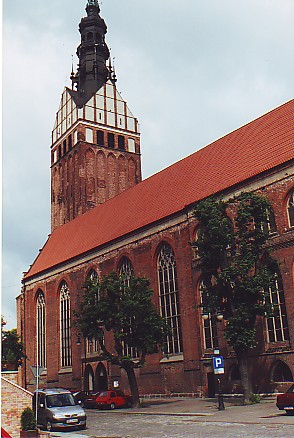
St. Michael's Church
- Near the church, by the streets .Dw.Ducha, Rzeźnicka, Wigilijna, Mostowa, Rybacka and Stary Rynek, you can see a number of reconstructed townhouses from, among others. Renaissance.
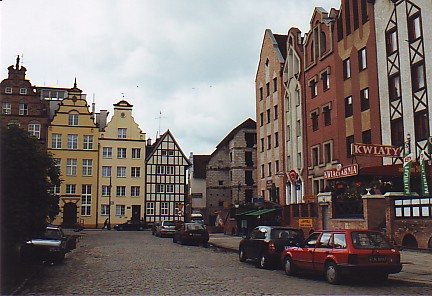
The southern part of Stary Rynek
Crusader fortress.
Near the river are the remains of the former Crusader castle. The current building houses a museum with a historic section that presents an exhibition on the subject: Elbląg’s history from the Middle Ages to the postwar period. The original castle, built in 1237, was conquered and destroyed in 1454.
Church of Mary (Kościół Mariacki) and Dominican Monastery
The former Mary Church and Dominican Order monastery buildings are both found on Kuśnierska Street in the northern part of the old town. The church was erected in the middle of the 13th century. and was later expanded. In the church building is now an art gallery: Galeria El, where exhibitions of modern art are organized.
Holy Spirit Church (Kościół Świętego Ducha)
The former Holy Spirit Church and the Holy Spirit Hospital date from the second half of the 13th year. and is one of the oldest buildings in the city. After the reconstruction that followed the devastation of the last war, the municipal library has been housed here.
Brama Targowa
Farther north in the Old Town, at Wałowa Street (Voldgade), you will find the old town gate, Brama Targowa (Market Gate), built in the 1300s – the oldest part begun in 1319 – as part of the city wall.
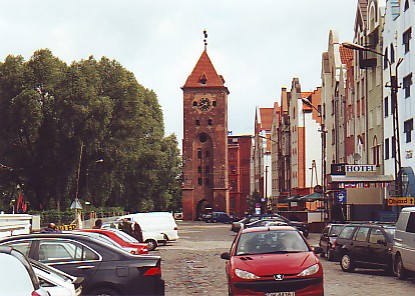
Brama Targowa (Market Sports)
Bażantarnia Park
Northeast of the city is the Bażantarnia Park (“Fasangården”), a picturesque wooded area with mile-long tourist trails, concert stand and restaurant. The park has been a popular excursion destination for the town's residents since the 19th century.
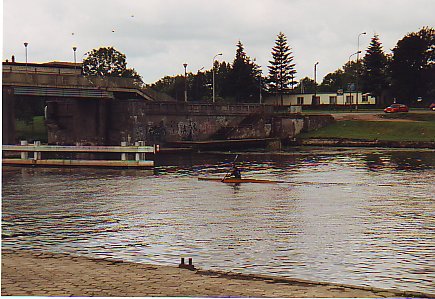
The river Elblag west of the Old City
Surrounding Area
Landscape Parks:
Immediately north of the city, east of the river and south of the fjord is a large area laid out as a landscape park under the name “Park Krajobrazowy Wysoczyzny Elbląskiej”.
waterways:
South of the city is the large lake Drużno, from which Canals and other waterways in northeastern Poland leads south and connects the towns of Elbląg and Ostróda. The channel has a length of approx. 60 km, over which distance there is a total level difference of approx. 100 meters. To overcome this difference, a unique (by European scale) tugboat system has been built where vessels are transported overland.
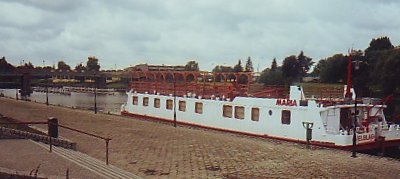
From the river port of Elbląg
Accommodation
Booking.com
Wirtualny Elbląg – with links to practical information for tourists
Eating Out:
Wirtualny Elbląg – with links to practical information for tourists
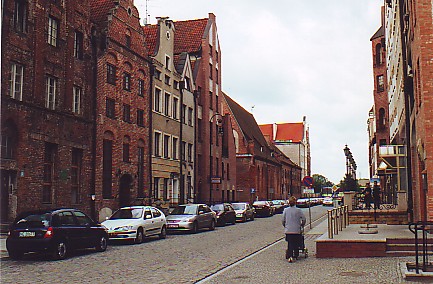
Elblag. .Dw.Ducha Street in the Old City
Other Internet sites and sources
Translated into English by Google Translate. Spangshus.dk accept no liability for any errors or omissions in translation.
Map

Rating
Search
Most used tags
churches (205) Castles (86) Monasteries (79) Town walls (74) Lakes (71) Town halls (67) Rivers (65) Castles1 (62) Mansions (55) Museums (51) Regional museums (38) Town gates (36) Abbey churches (35) Castle ruins (30) Cathedrals (26) Forests (25) Health resorts (24) Water sports (23) Mounds (23) National parks (22)Click for all tags
Denne side er også tilgængelig på dansk. This page and contents is (c) Copyright 2018- www.spangshus.dk. Based on Inviator software by ISCA Software